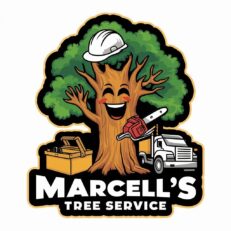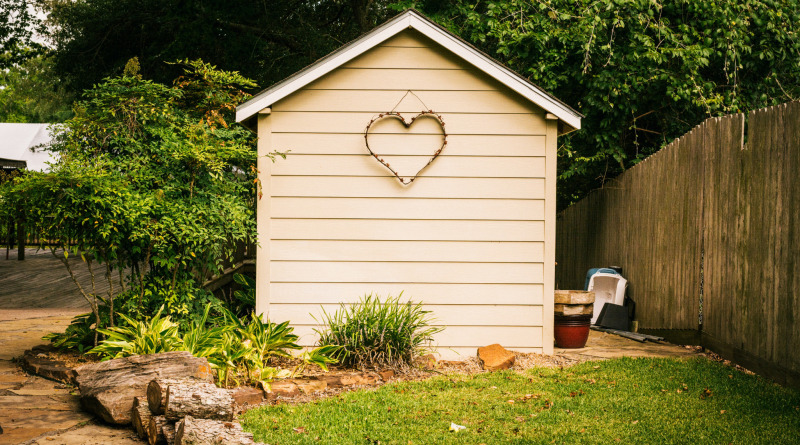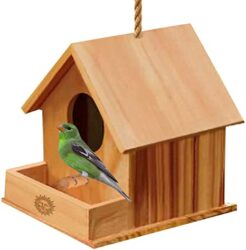How to Save a Dying Tree: A Comprehensive Guide
Introduction:

Trees are an essential part of our ecosystem and provide numerous benefits, from purifying the air we breathe to offering shade and natural beauty. However, trees can become stressed or diseased, leading to a decline in their overall health. In this blog post, we will discuss the steps you can take to help save a dying tree, so it can continue to thrive and enhance your landscape.
-
Assess the situation: Before you can effectively treat a dying tree, it’s crucial to understand the root cause of its decline. Common reasons for a tree’s deteriorating health include:
- Pest infestations
- Disease
- Nutrient deficiencies
- Environmental stressors (e.g., drought, flooding, pollution)
- Physical damage (e.g., root damage, storm damage)
Consult an arborist:
- A certified arborist is a tree care specialist who can assess your tree’s health, diagnose issues, and recommend the best course of action. Consulting an arborist is particularly important if you are unsure of the cause of the tree’s decline or if the tree poses a risk to people or property.
-
Water and mulch properly:
- Ensure your tree receives adequate water, especially during dry spells. A slow, deep watering once a week is generally recommended, but this may vary depending on the tree species, age, and local climate.
- Apply a layer of organic mulch, such as wood chips or shredded leaves, around the base of the tree. Mulch helps to retain moisture, regulate soil temperature, and suppress weeds. Avoid piling the mulch against the tree trunk, as this can lead to rot and pest issues.
-
Fertilize with care:
Nutrient deficiencies can weaken a tree and make it more susceptible to pests and diseases. Regular soil tests can help you determine if your tree requires additional nutrients. If needed, apply a slow-release, organic fertilizer according to the label instructions, and avoid over-fertilizing, which can harm the tree.
- Prune damaged and diseased limbs: Pruning is essential for maintaining a tree’s health and structural integrity. Remove dead, diseased, or damaged branches to prevent the spread of disease and reduce stress on the tree. Always use clean, sharp pruning tools and make proper pruning cuts to minimize the risk of infection. Avoid heavy pruning, which can stress a tree and exacerbate its decline.
- Manage pests and diseases: Pest infestations and diseases can cause significant damage to a tree. Monitor your tree regularly for signs of infestation or disease, such as discolored leaves, holes in the bark, or oozing sap. If you identify a pest or disease, consult an arborist or local extension office for advice on the best treatment options.
- Protect the tree’s root system: A healthy root system is vital for a tree’s survival. Avoid compacting the soil around the tree’s roots, as this can restrict oxygen and water flow. Also, avoid cutting or damaging roots during construction or landscaping projects, as this can weaken the tree and contribute to its decline.
Conclusion:
Saving a dying tree requires a combination of assessment, proper care, and targeted treatments. By taking these steps and consulting with an arborist, you can give your tree the best chance of recovery and help it regain its strength and vitality.
Can You Save A Dying Tree – Tips for Reviving a Struggling Giant
Can You Save a Dying Tree? Tips for Reviving a Struggling Giant
Introduction
Trees are an essential part of our ecosystem and a beautiful addition to any landscape. However, there may come a time when you notice one of your trees is not looking as healthy as it once did. In such cases, it’s crucial to understand whether the tree can be saved or if it’s time to let it go. This blog post will explore the signs of a dying tree, the factors that can lead to its decline, and the steps you can take to potentially save it.
-
How do you know when a tree is dying
Before you can save a dying tree, it’s important to identify the signs that it’s in trouble. Some common indicators include:
- Yellowing or browning leaves outside of their usual seasonal change
- Fungi growing at the base of the tree
- Dead branches or limbs that snap easily
- Bark that is loose, falling off, or showing signs of infestation
- Sparse or no new growth during the growing season
-
How to treat a dying tree
Once you’ve identified a tree in distress, assess the extent of the damage. Is it confined to a single branch or limb, or is it affecting the entire tree? The more widespread the damage, the less likely it is that the tree can be saved.
-
Can you revive a dying tree
To save a dying tree, you must first determine the underlying cause of its decline. Some common causes include:
- Disease: Various pathogens can infect trees, leading to their decline.
- Pest infestations: Insects such as borers, beetles, or caterpillars can cause severe damage to trees.
- Environmental stress: Poor soil, lack of water, or pollution can weaken a tree and make it more susceptible to disease and pests.
- Physical damage: Accidental damage from lawn equipment or construction can disrupt a tree’s vascular system and limit its ability to take up water and nutrients.
-
How to treat a dying tree
Once you’ve identified the cause of the tree’s decline, you can take steps to provide the appropriate care:
- Watering: Ensure your tree receives adequate water, especially during periods of drought. A good rule of thumb is to provide 10 gallons of water per inch of the tree’s diameter at breast height (DBH) each week.
- Mulching: Apply a layer of organic mulch around the base of the tree to help retain moisture and regulate soil temperature. Keep the mulch a few inches away from the trunk to avoid trapping moisture and causing decay.
- Pruning: Remove dead, diseased, or damaged branches to prevent the spread of pathogens and to allow the tree to focus its energy on healing.
- Fertilization: Apply a slow-release fertilizer to provide necessary nutrients for the tree’s recovery, but avoid over-fertilizing, as this can exacerbate the problem.
-
Consult an Arborist
If you’re unsure about the health of your tree or the appropriate course of action, consult a certified arborist. They can assess the tree’s condition, diagnose any issues, and provide guidance on treatment or removal if necessary.
Can you bring a dying tree back to life
Saving a dying tree can be a challenging task, but with proper care and attention, it may be possible to revive a struggling giant. By recognizing the signs of distress, assessing the damage, identifying the cause, and providing proper care, you may be able to nurse your tree back to health. However, it’s crucial to consult a professional arborist when in doubt, as they can provide expert guidance to ensure the best outcome for your tree.


